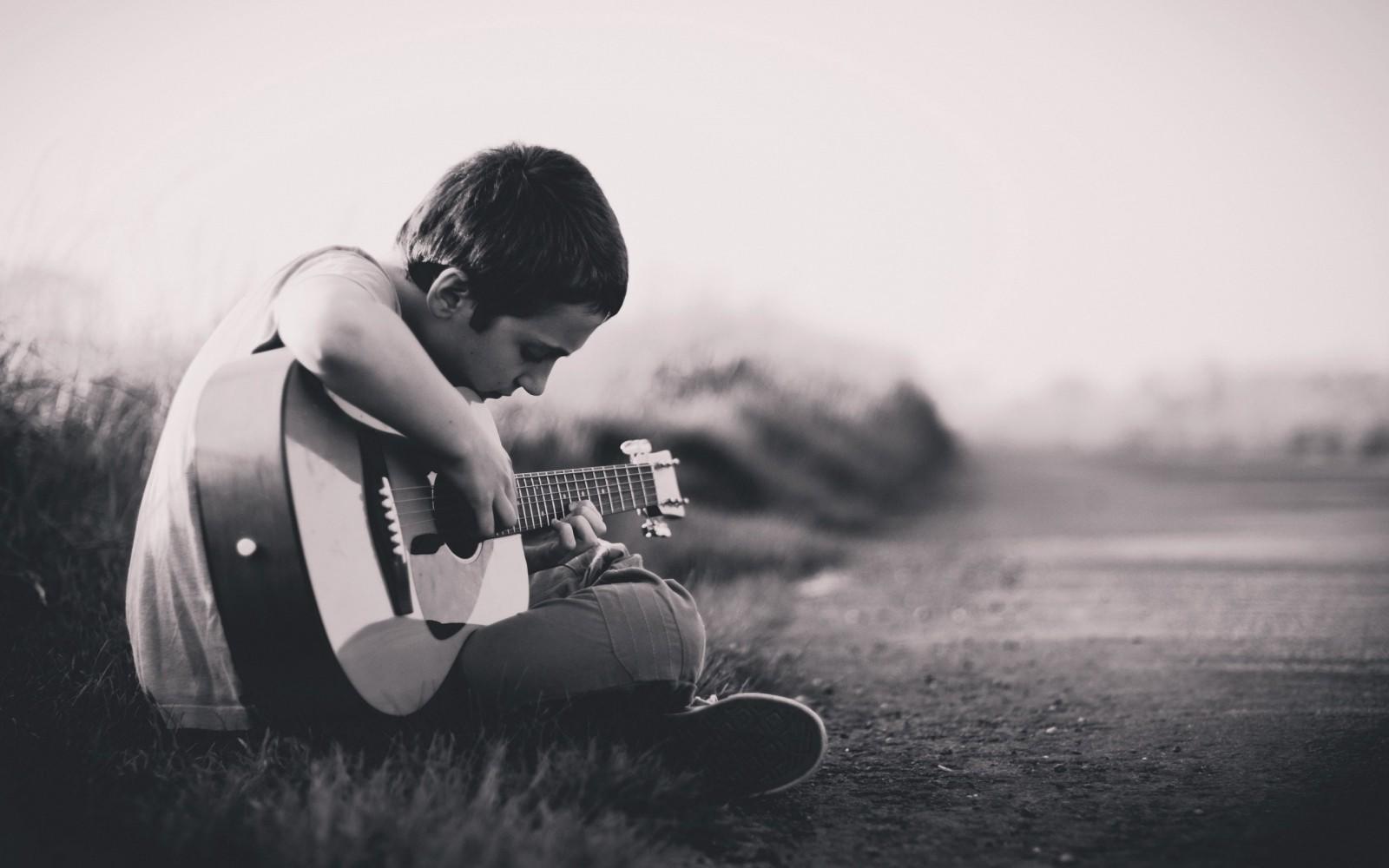“Music is a necessity. After food, air, water and warmth, music is the next necessity of life.” - Keith Richards
When it comes to learning to play guitar, aspiring guitar players generally don't know which style to choose. If you're a beginner, maybe you're wondering if you should learn by playing rock, blues, jazz, funk or country? Blues guitar, jazz guitar, and rock guitar, whilst similar, are really completely different - and this is pretty much a difference of arpeggios and chord shapes, and chord progressions. Then there are those genres you might prefer to play on acoustic guitars, such as those genres based around rhythm guitar. So before you embark on the guitar-adventure, discover a selection of ten guitar styles!

A Common Basis for all Guitar Styles.
For all the styles of music that you can play on the guitar, you will need to know some of the basics. To play rock, blues or pop you'll need to: train and muscle your fingers, gain flexibility, strength, speed, coordination and precision. You'll need to master your fretboard and work on your fingerstyle. You can also do daily harmonic or arpeggio exercises - and you might benefit from learning a bit of music theory. Each music style has its own codes and characteristics and this'll condition the efforts and time for you to totally master it. Whilst blues is usually based around the pentatonic scale, for example, the guitar solos in jazz are much more complex, working with different chord progressions and melodies. Whether it's funk, rock'n'roll, hard rock or punk, a guitar player is bound to encounter difficulties during his training and guitar lessons. You'll also need to leave your preconceived ideas on guitar and different styles behind.
A Common Knowledge Base
To become a good guitarist in a particular style of music there are three aspects to consider, regardless of the genre:
- Effectively train your fingers: this is the basis of your guitar practice. If your fingers aren't sufficiently trained and if all your muscles aren't heated up you'll never achieve all the potential development desired in your specific guitar style. By working out your finger muscles and the flexibility of your wrists and forearms you'll be able to control your fingers while being relaxed and at ease.
- Acquire the necessary tools to play the desired music genre. Each style requires you to acquire its own techniques, singular scales, basic chords, and so on.
- Develop a musical experience in the style you want to play on the guitar by putting into practice the genre's famous techniques. By knowing how to use these various techniques a musician will enrich his game and progress.
And yes! The guitar is good for your health. And you can make a living off of it.

Some Styles of Guitar for You to Learn.
Rock'n'Roll
Rock'n'roll appeared in the 1950s in the United States. It came from blues, rhythm & blues, country and gospel. Guitarists like Chuck Berry, Little Richard and Bill Haley propelled it and brought music into a new era. To learn this musical genre you need to equip yourself with a vintage semi-hollow guitar such as a Gibson ES or a solid body such as a Telecaster. Take some of the most effective guitar lessons in Dallas here.
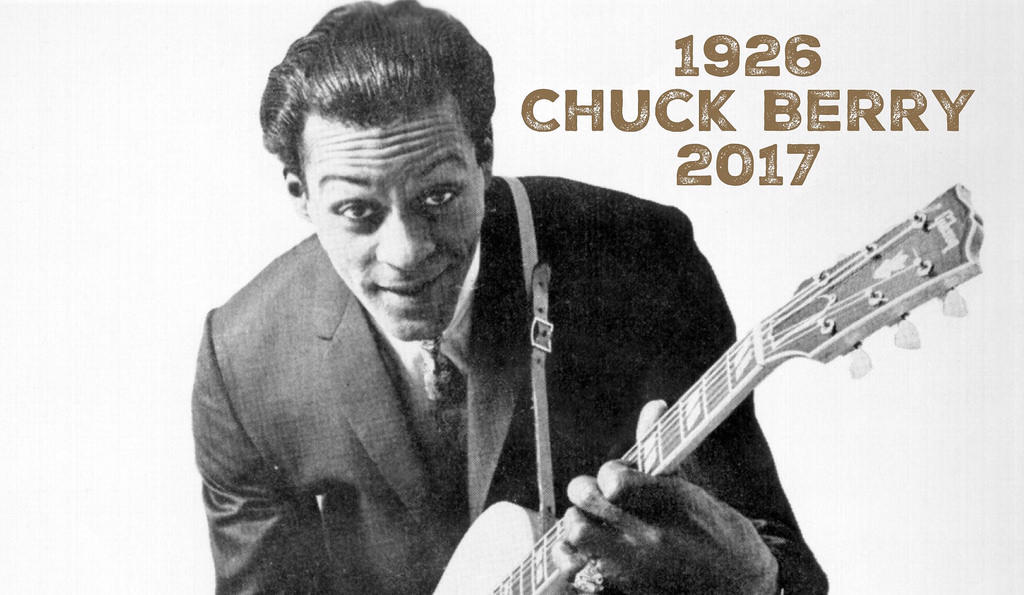
Each sound must be sharp to favor fast and jerky rhythms. The amps are powerful and there're practically no sound effects even though some reverb can be used.
Rock
In the logical extension of rock'n'roll, rock has become the unavoidable movement of the electric guitar. It's less of a dancing evolution than its predecessor. It opened the way for what we called the first "guitar heroes", such as Jimi Hendrix, Jimi Page, Clapton or Jeff Beck in the 60's. To play rock you need a minimalist spirit because it's built around powerful sound. Rock is played hard on a basis of chords mostly stemmed from blues. Take some of the most effective guitar lessons here.
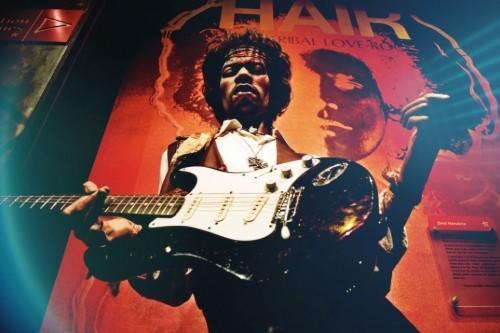
A guitar like Les Paul (Gibson) or a Stratocaster (Fender) is ideal. For sound effects just turn to a wha pedal or a fuzz for solos. For rock it's better to learn to play the electric guitar. Rock is one of the simpler music styles to get started with and you can find some simple riffs and melodies for beginners. To start playing rock guitar, you should start by learning the names of the notes, useful advice for any style of music! Power chords (or fifth chords) are very popular in rock music. They’re simple to learn and to play and are a blessing for any aspiring rocker! Have a look at the minor pentatonic scale which is very common in this style of music.
The Easiest Rock Songs to Play
As a beginner, you’ll have to learn music theory, how to tune your guitar and coordinate both hands before you can play some of your favorite songs. However, you don’t necessarily need complicated chords to play a tune. John Lennon, The Cranberries, and Nirvana all knew that! Rock music has some of the most accessible songs and here are a few to get you started:
- Ben Harper - Waiting for You
- David Bowie - Heroes
- The Beatles - Yellow Submarine
- The Rolling Stones - Dead Flower
- Nirvana - Come As You Are
- Noir Désir - Le vent nous portera
- Deep Purple - Smoke on the Water
- Bob Dylan - Knockin’ On Heaven’s Door
- U2 - Sunday Bloody Sunday
- Jimi Hendrix - Hey Joe
- The Animals - House of the Rising Sun
Hard Rock
Developed around rock and in a similar but more violent spirit of rebellion, hard-rock highlights guitars and their distortions with singing. Many bands such as AC/DC, Van Halen, Guns'N'Roses, Extreme, Scorpions or Bon Jovi, but also Black Sabbath, Led Zeppelin and Deep Purple are among the greatest. To play this extreme music style you have to push rock to its utmost. It's a muscular music: riffs are heavier, contain more distortion, singing is often perched in the treble, volume is impressive, guitars are often carried very low at the end of the strap.
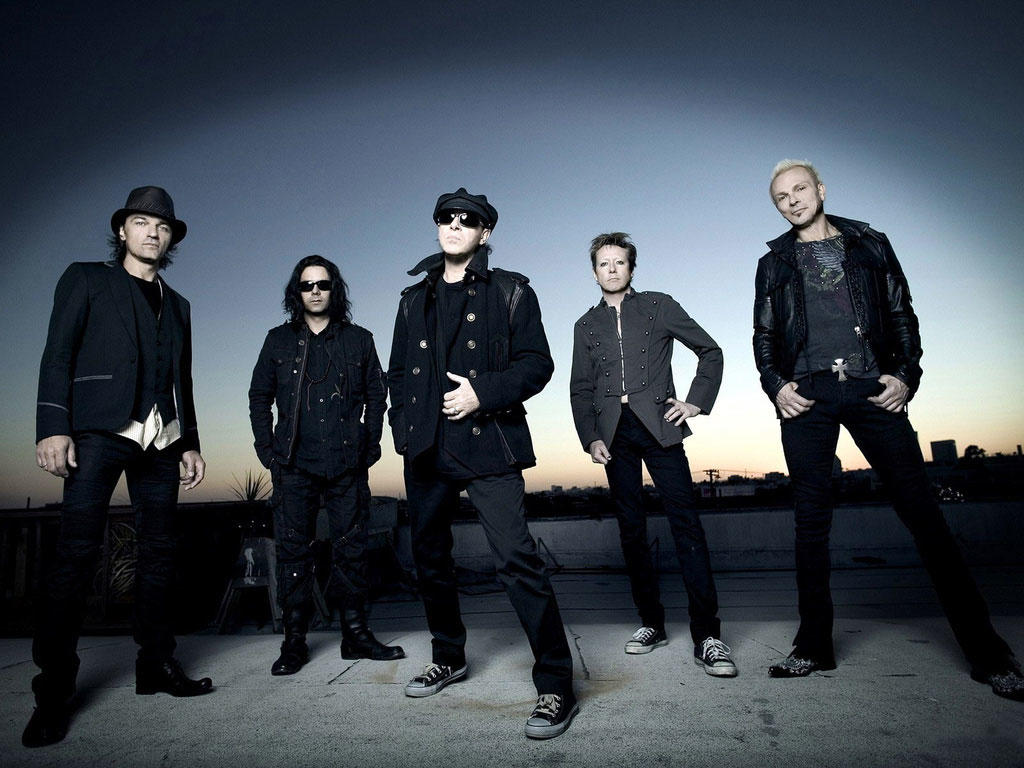
Guitarists become virtuosos.
The Best Hard Rock Songs
There are so many hard rock classics from AC/DC including Highway to Hell, Hard as a Rock, Hells Bells, Shook Me All Night Long, and many more. The riffs are simple and effective and perfect for practicing. You can also play tunes by Aerosmith, ZZ Top, and Alice Cooper if AC/DC isn’t your cup of tea:
- Aerosmith - Walk This Way
- Led Zeppelin - Stairway to Heaven
- ZZ Top - La Grange
- Alice Cooper - Schools Out for Summer, Poison
Heavy Metal
Slightly different from hard rock, heavy metal is inspired directly by rock and not blues. Sounds are harder and riffs heavier. Heavy metal is also inspired by a classical music imprinted with blackness. Some guitarists even know how to play the guitar with one hand. For those who like distorted loud sounds, who love music built around an extreme sense of rhythm, a melodic song and death or underworld-inspired themes, then heavy metal meets your requirements. And yes, we're far from classical guitar lessons. Heavy metal is mainly powerful distortions, syncopated rhythms, variations of a single piece and a multi-pedal system to multiply sound effects. Find a guitar tutor near you or online guitar lessons for kids with Superprof!
The Best Metal Songs to Practice
Metal is a difficult style to get started with. It requires accurate and fast guitar playing. However, it’s a great genre for loosening up your fingers and improving your endurance and speed. Here are a few songs for beginners:
- Dream Theater - Hollow Years
- Pantera - Planet Caravan
- Rammstein - Ich Will
- System of a Down - Atwa, Lonely Day
- Nightwish - Angels Fall First
- Slipknot - Vermillion Part 2
- Limp Bizkit - Behind Blue Eyes
Funk
For Nile Rodgers, Bootsy Collins, Georges Clinton but also Jamiroquai, James Brown, Earth, Wind and Fire fans, funk is the style of groovy rhythms. Basic notions are required such as rhythmic flow, swing, accentuation, etc. If you don't know of these, ask your guitar teacher for help during your acoustic, electric or bass guitar lessons. To play funk, train with a metronome as often as possible to set your game on an accurate rhythm. Slowdown the tempo of certain exercises to assimilate the right hand and start your exercises with a clear sound, without effects. Once you master the rhythm, add on a wha-wha pedal or a Phaser. Rhythm – the basis of funk – is mostly based on sixteenth notes: the left hand is placed entirely on the strings so as to smother them slightly and the right hand makes back and forth movements (called strumming). Volume is constant and one shouldn't be afraid to strike strings thoroughly to gain in sound and assurance. Get the best online guitar lessons here.
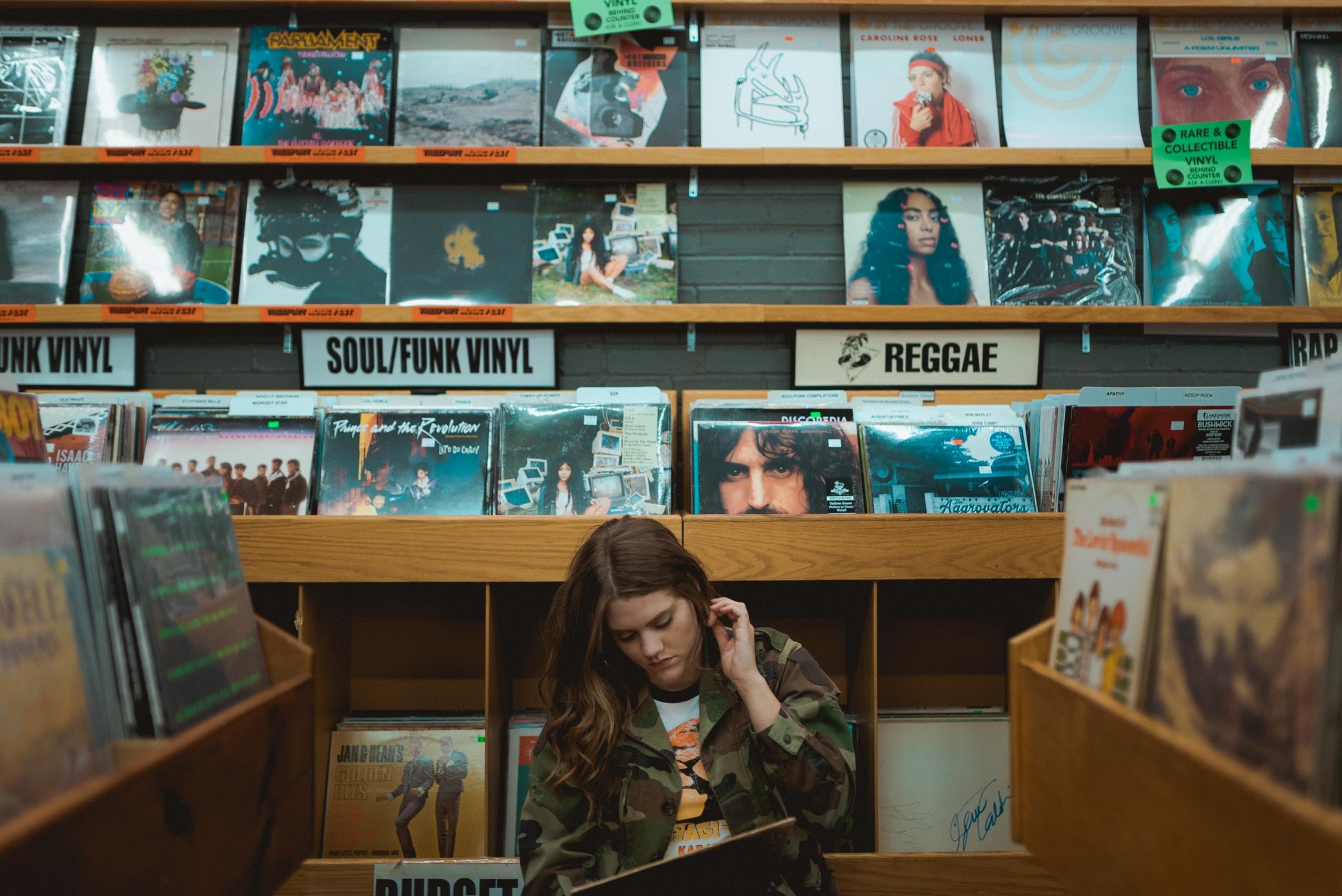
Reggae
Reggae is a music style from the Caribbean – especially Jamaica. Bob Marley and his band The Wailers widely popularized it. With the right hand, notes are played with a pick (downstrokes) and the setbacks are made in return. With the left hand, you obtain silences by suspending fingers while maintaining contact with the strings. It's imperative to play "staccato" and not let the sound last.

Reggae regularly uses a technique that plays alternately the fundamental note in the bass and the acute notes of a chord (with fingers or a pick).
Country
Country is an American style – especially in the southern regions of the USA. We recognize this musical genre by its sound, rhythms and chords. To play country on the guitar you must master pick strokes. Prefer metal strings (forget nylon ones) that are thicker and therefore sound louder, even if they're harder on your fingers. Country is played as follows: a bass accompaniment with alternating chord positions, low-string notes with a brushed chord on the acute strings.
Jazz
Jazz is surely one of the bases for any current music. Originally we electrified it to give more sound to an acoustic guitar. It's this style that saw the birth of guitar microphones. Solid body guitars such as a Rickenbacker will enable you to play as Birelli Lagrene, Pat Metheny, John McLaughlin or Django Reinhardt did.
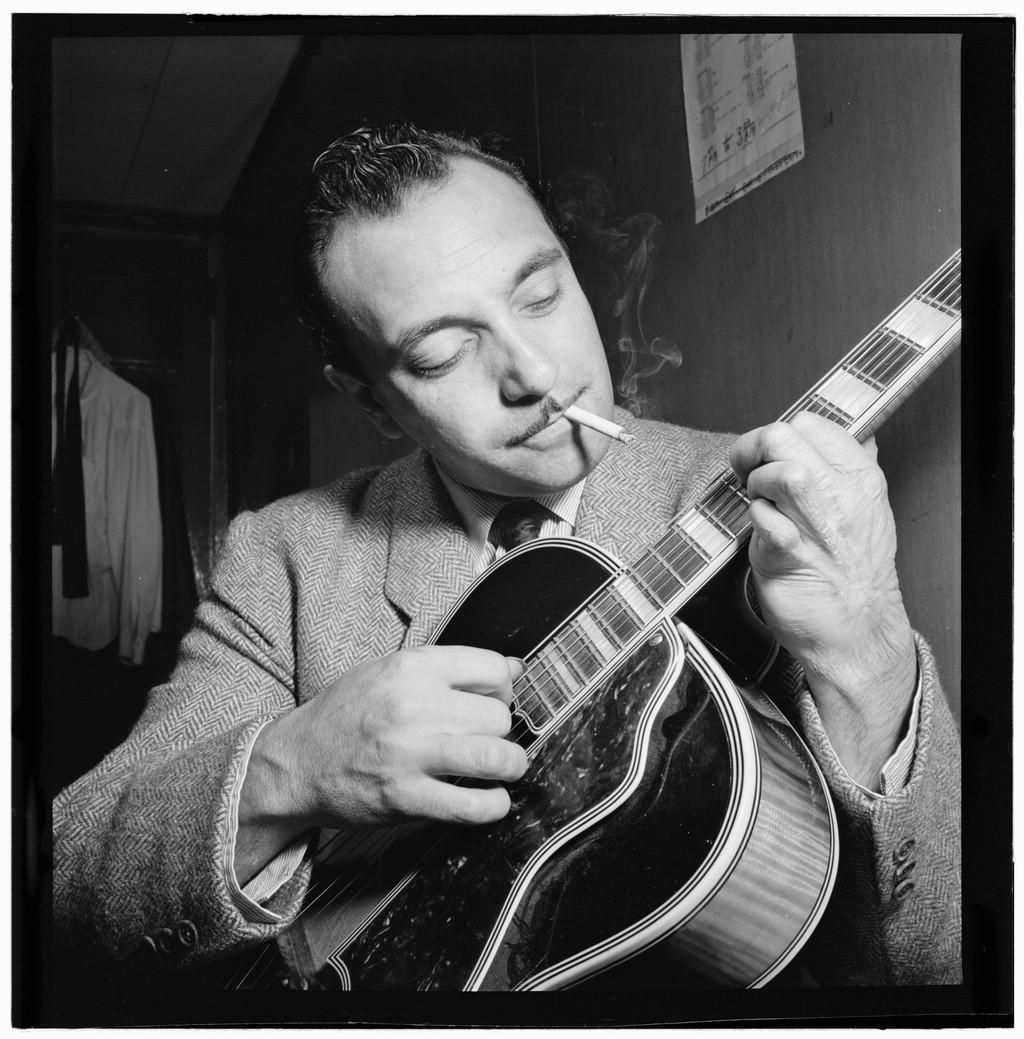
To play jazz you must use amps with powerful, clear and homogeneous sounds. The guitars have deep tones with high sustain. Note that you must master improvisation basics and be experienced (or benefit from a number of guitar lessons). It's required to know how to play the guitar well enough. However, the guitar used for jazz isn’t very versatile when it comes to other styles so you should only really get one if you're certain you're going to be playing jazz music. If you can’t invest in a jazz guitar, invest in some roundwound strings rather than flat wound strings for that jazz sound. The pick also plays an important role in producing a jazzy tone so you should opt for a very hard and beveled pick.
In jazz music, there’s no rush. Yes! The secret to swing is being laid back, which means lagging behind and voluntarily playing on the offbeat on certain measures. Jazz guitar phrasing is also hugely important. It’s essential that you develop your ear by listening to other jazz guitarists like Pat Metheny, Django Reinhardt, Joe Pass, George Benson, or Jim Hall before you start learning to play jazz guitar. You should also consider getting jazz guitar lessons from another jazz musician.
Accessible Jazz Songs
Jazz isn’t the easiest genre to master. It’s down to a musician’s ability to improvise and play excellent guitar solos. However, there are still simple jazz songs to get you started:
- Duke Ellington - Take the A Train
- Luis Bonfa - Black Orpheus
- Jerome Kern - All the Things You Are
- Joseph Kosma - Autumn Leaves
- George Gershwin - Summertime
- Kenny Burrel - Midnight Blue
- Wes Montgomery - Four On Six
- Kenny Dorham - Blue Bossa
- Maceo Pinkard and Ken Casey - Sweet Georgia Brown
Blues
Blues is as old as jazz, although it precedes it in the specific guitar history. Blues is recognizable in its approach and emotion it releases: it's a music of rage, anger, hope, lamentation. The basis of blues is the progression of 3 chords, 12 measures and a characteristic tempo. Technically you'll have to master bends, slides and bottleneck game to render a generally clear and warm, slightly saturated sound.
BB King, Stevie Ray Vaughan, Albert King Clapton and Hendrix knew how to master this style brilliantly. Hendrix was also a blues guitarist (see our article: How to play the guitar when we are left-handed?).
Pop
Pop was born from the Folk movement in the United States, inspired by revisited Irish ballads. Today this style is somewhat overused and pop is identified as "international variety". Yet great bands popularized it such as The Beatles, REM, U2, Dire Strait, Genesis, The Police or even Toto. Pop is the result of rock arrangements. It changed material needs, notably in terms of sound effects: multi-effects racks, endless pedals, extreme compression and a guitar such as a Stratocaster or a Telecaster are enough to turn you into a pop guitarist. Did you know that there are actual proven health benefits to playing the guitar?
Writing Your Own Guitar Songs
While we usually only count around 60 chords, there are millions of combinations possible. So don’t say you can’t write anything. This is the oldest excuse in the book for not writing your own music. A beginner won’t need to wait very long before they’re good enough to start creating their own music.

Improvising and creating a song can be done with just a few simple chords and will help you improve your playing, loosen your fingers, and develop your creativity. Thus, the better you get at playing, the better you’ll get at writing. A song needs to evoke emotions. Technical ability isn’t necessarily that important. Listen to some of the greatest tunes of all time. Many of them are very simple chord progressions, catchy riffs, and charming melodies. Don’t try to reinvent the wheel when you write a song, keep it simple! Don’t forget to keep a notebook nearby so you can make a note of your creations before you forget them. Also, consider filming yourself as you improvise so you can see where you’re going wrong and use parts of your improvisation as a basis for creating songs. There are several ways to start writing a song:
- Start by writing the chord progression and then the melody. This is the most common method.
- Start with a melody and then the chords. This is a little bit more ambitious.
- Start with a guitar riff.
- Start with a bass riff (making sure you’re familiar with the bass-ics).
Think of playing your song in different styles and moods to see what works and don't forget to let your creativity run free.
Guitar Glossary
It’s a good idea to learn more about the history of the guitar and guitar culture. You should also learn more about the lingo. In several of our articles on learning to play the guitar, we've included a short glossary at the end with explanations of terms that you should know if you want to start playing the guitar. So make sure you read all of our other articles on the guitar!
Tremolo
This is when you play a note or a chord repeatedly and very quickly
Gypsy Guitar
This is a guitar specifically made for Gypsy jazz, a style of music that blends jazz, central European Gypsy music, and the musette from French music.
Recap: Some Guitar Styles to Learn.
| Rock 'n' Roll | The original electric guitar music. |
|---|---|
| Rock | Pop music with distorted guitars. |
| Hard Rock | Not as dark lyrics as metal, but distorted guitars and driving bass and drum lines |
| Heavy Metal | Distorted guitars, guttural vocals, and heavy bass. |
| Funk | Complex rhythms and catchy bass grooves |
| Reggae | Syncopated rhythms. |
| Country | Fingerpicking, simple chord work, and vocals. |
| Jazz | Expected complex harmonies and rhythmic innovation |
| Blues | Based around twelve bar progression and a pentatonic with the 'devil's note'. |
| Pop | Simple chord progressions |

